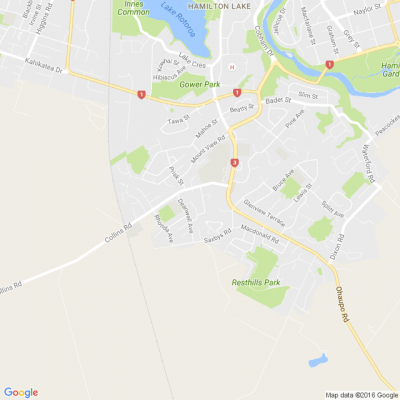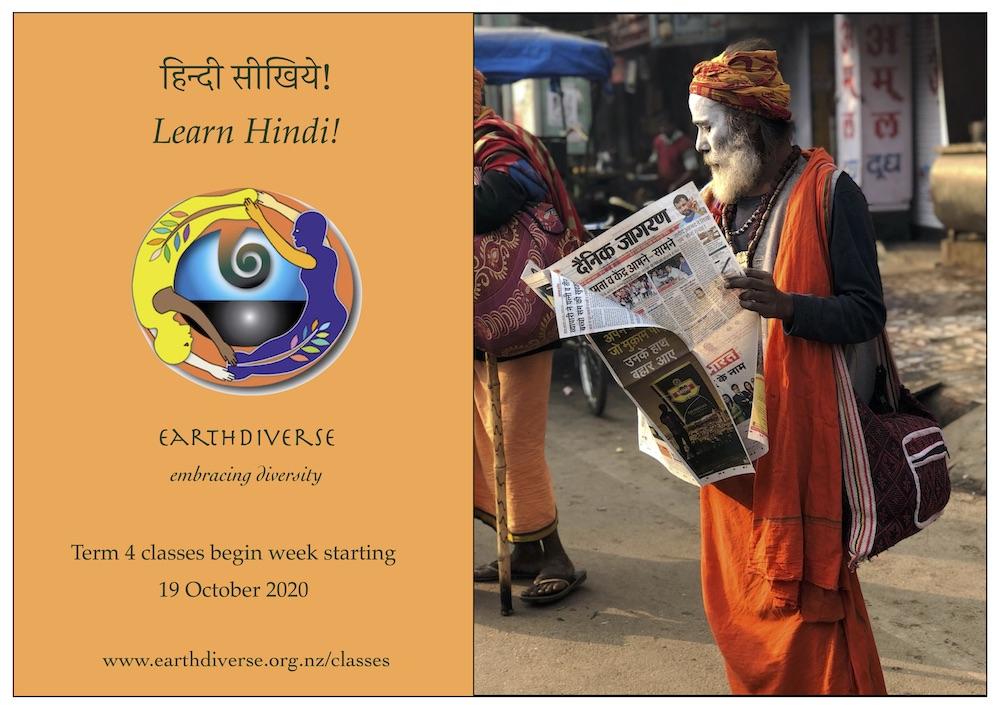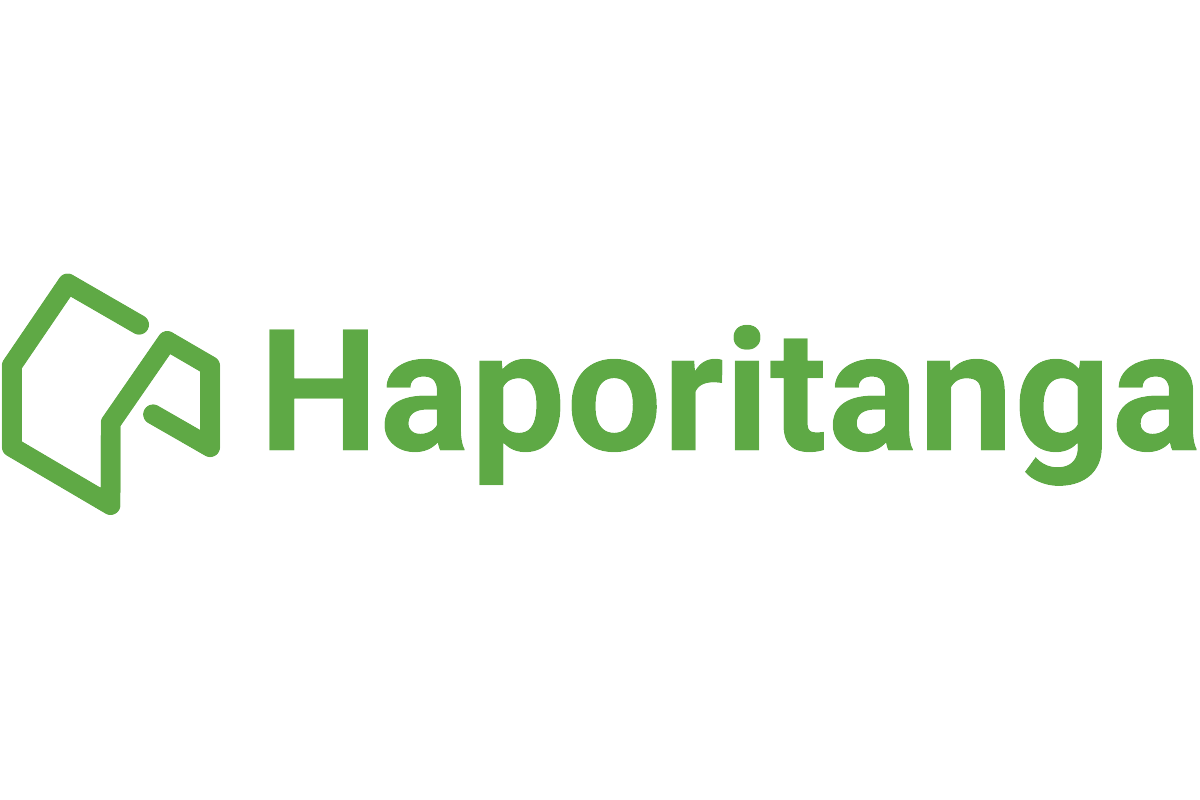
Know what’s happening
Access the private noticeboard for verified neighbours near you. Keep informed about any suspicious activity, send urgent updates to your neighbours when required and discuss emergency planning.
Get to know your neighbours
Browse the directory and start getting to know your neighbours. Don’t want to post to the whole neighbourhood? Send a private message.
Buy, sell and give away
Want to declutter your garage? Buy some used household items? Give away some garden stuff? Become a verified neighbour to browse and post items for sale. Trading is simple when everyone lives nearby.



Thank you for using Neighbourly
You may receive an email confirmation for any offer you selected. The associated companies will contact you directly to activate your requests.
The Team from Neighbourly.co.nz
Hungry for local customers? Give your business a restart boost with a FREE 3-month Premium Business Listing.
Usually $150, your 3-month Premium Listing enables you to reach thousands of people who live around your business! Find friendly locals who want your services, introduce your team and … View moreHungry for local customers? Give your business a restart boost with a FREE 3-month Premium Business Listing.
Usually $150, your 3-month Premium Listing enables you to reach thousands of people who live around your business! Find friendly locals who want your services, introduce your team and share what makes you stand out from the rest.
There's no catch and no hidden fees. It's just our small way of saying thank you for playing such an essential part in our communities.
Grab a FREE 3 Month Premium Business Listing now. (Feel free to share the news with your fellow small business owners too!)
*This is a limited time offer
Get 3 months FREE

A talented group of residents and staff (inspirees) from three retirement villages (Bert Sutcliffe Village, Logan Campbell Village and Murray Halberg Village) in Auckland, New Zealand have recreated the Music Video "Can't Stop the Feeling" by Justin Timberlake. With an average age of… View moreA talented group of residents and staff (inspirees) from three retirement villages (Bert Sutcliffe Village, Logan Campbell Village and Murray Halberg Village) in Auckland, New Zealand have recreated the Music Video "Can't Stop the Feeling" by Justin Timberlake. With an average age of 80 years and a combined age of more than 2800 years it shows you can't stop the feeling!

Mei Leng Wong Reporter from NZ Gardener & Get Growing
For this Nelson collector, houseplants help her cope with health challenges. "It’s been proven that distraction is a really good pain relief and the plants gave me something to focus on and interrupt the pain pathways.”
NumberWorks'nWords Hamilton Central
It's that time of year again! ?
Chat to us about how we can help your child manage exam block.

Robert Anderson from Curtain Clean Hamilton
Key tips for a warmer, drier home, Mould, 8 of 9, 2015.
Use bleach or white vinegar to remove mould from ceilings and walls.
Created by New Zealand's Ministry of Health.
www.youtube.com...
At Naturally Healthy, in 25 years, we have been trusted by over 430,000 Waikato Customers. Naturally we cannot talk about them all . . . but here is a testi-MONICA.
www.naturallyhealthy.co.nz...

Robert Anderson from Curtain Clean Hamilton
Natural, plant-based textile fibres come from seed hair, such as cotton; from foliage, such as sisal; from the stem, such as linen; and some fibres come from shells, such as coconut.
Among the most widely used in the textile industry, important and recognized, we can list the following fibres:
… View moreNatural, plant-based textile fibres come from seed hair, such as cotton; from foliage, such as sisal; from the stem, such as linen; and some fibres come from shells, such as coconut.
Among the most widely used in the textile industry, important and recognized, we can list the following fibres:
Abaca: Also known as Manila Hemp, abaca comes from leave sheaths around the stem of the plant of abaca, a species of banana. It is a leave fibre valued for its resistance to the damaging effects of salt water, its buoyancy and the length of the fibres, which can be more than 3 meters long. Currently, it is being increasingly used in the manufacturing of garments, household textiles and upholstery thanks to innovations in the process of this fibre. It is certainly still being used to manufacture sailing accessories, in the currency paper industry and automotive sector, and even in the food industry.
Cotton: Cotton grows in balls around the plant seeds and it is pure cellulose. Cotton is the natural textile fibre most widely used around the world and it is certainly the main protagonist in the global textile industry. There are two exceptional varieties of the highest quality: Egyptian cotton and Peruvian Pima.
It is widely used in the fashion industry, both in flat fabrics and in woven clothing items and household textile products. Cotton is used in combination with other natural and synthetic fibres, such as rayon, polyester, spandex, etc. Cotton fabrics are comfortable, very soft, have good heat conduction and absorbency; these characteristics make it perfect for garments that are in close contact with the skin, both in spring-summer and fall-winter seasons. Cotton tends to shrink; it is prone to wrinkles and fading.
Organic cotton: The biggest bet of sustainability is the use of certified organic cotton. It offers an efficient and sustainable use of natural resources avoiding synthetic or chemical pesticides and genetically modified seeds.
Coir: Coir is a short, hoarse fibre extracted from coconut husk. There are two types of coir: brown fibre, which comes from mature coconuts, and thin, white fibre, which comes from green, immature coconut husks. The white variety of coir fibre is used to manufacture rope and maritime elements because they are resistant to seawater. Brown fibre is employed to produce household textile items and even for the automotive industry. Additionally, geotextiles produced with coir mesh have special characteristics such as resistance to sunlight, great water absorption and they are 100% biodegradable.
Hemp: Hemp fibre is obtained from the stem of the plant. One of the most relevant features of this plant is that it captures large quantities of carbon. With 70% of cellulose, hemp is an excellent heat conductor, it absorbs dyes adequately, it blocks UV rays, it is very resistant to mildew and has natural antibacterial properties.
Recent developments to “cottonize” hemp fibre could open the doors of high-quality fashion market to this fibre. The longest hemp fibres can be woven and knitted to create curly fabrics, similar to linen, used in the textile industry. The mixture of hemp with cotton, linen, silk, and wool give hemp greater softness, while adding strength and durability to the product.
Hemp fibres are also used to manufacture paper and a wide variety of canvasses for different uses. It is also employed in the automotive and construction industries.
Linen: Linen is one of the strongest plant-based fibres in nature; therefore, it was one of the first to be grown, woven, and knitted to manufacture clothing and accessories. There are different types of linen based on their species. The main types are common flax and perennial flax.
Linen is a fabric with high mechanical resistance and little elasticity; therefore, it wrinkles easily. Its softness increases with washes. As linen quickly absorbs and releases water, and as it is an excellent thermal conductor, the fabric is fresh, highly valued and employed in the production of clothing for warm areas. Linen garments are fresh, comfortable, and they symbolize elegance in summer fashion.
Linen maintains a strong traditional niche among high-quality textiles for household products, beddings, upholstery, and interior design accessories.
Ramie: Ramie fibre is white with gloss similar to silk, and it is one of the strongest natural fibres, close to linen in absorption and density. It has little elasticity and it dyes easily. Ramie fibres have some transverse fissures that make it very fragile, but at the same time promote ventilation. The rugged ramie fibres are used to make ropes and nets. Through threading, they produce thin, very glossy thread that is used for a wide variety of garments.
Fabrics made 100% of ramie are lightweight, silky to the touch but with a linen appearance. Normally, as its elasticity and resistance are quite low, ramie is mixed with other textile fibres or used to improve the characteristics of other textile fibres. For example, ramie is added to wool to reduce shrinking or to cotton to increase strength.
Sisal: Sisal is an excessively hard fibre and inelastic to be used in the fashion industry. It is employed in small proportions and in combination with other fibres for the manufacture of accessories and home decor items. Currently sisal is mainly used in the furniture, automotive and naval industries, always combined with other materials.
Jute: Jute is extracted from the stem of a plant with the same name and it is very easy to grow and harvest. Jute is one of the cheapest fibres to produce. This fibre is also known as “golden fibre” because of its glow. Jute is one of the strongest, plant-based natural fibres, and it is second to cotton in terms of production volume. Jute presents poor absorption, so it deteriorates quickly when exposed to humidity; it has low thermal conduction, but it contains significant insulating and anti-static properties. Jute is used as supplementary material in textile and footwear manufacturing, as well as in household textiles.
Kapoc: It is a white fibre similar to hair that comes from the seeds of a tree called Ceiba Pentandra. Kapok is also known as “silk cotton” because of its gloss that resembles silk. Kapok’s fibre, weak and short, is resistant to moisture and it has a soft, lustrous texture. The largest volume of its production is used for household textiles.
Ramina: Ramina is a ligneous fibre also known as China grass. It is rigid, shiny, and lustrous. Ramina is used for household textiles.
Waka Kotahi (NZTA) is urging the 620,000 motorists with temporary Warrant of Fitness extensions to get their vehicles checked before October 10.
The NZTA issued an extension to WoFs during COVID-19 Alert Level 4, allowing motorists to operate their vehicles during this time.
What you need to … View moreWaka Kotahi (NZTA) is urging the 620,000 motorists with temporary Warrant of Fitness extensions to get their vehicles checked before October 10.
The NZTA issued an extension to WoFs during COVID-19 Alert Level 4, allowing motorists to operate their vehicles during this time.
What you need to know:
- Book a WoF as soon as possible with your local mechanics to avoid delay.
- In a statement, MTA reported that there here may be a higher fail rate with some vehicles not been checked for over 12 months.
- Other documents with temporary extensions: CoFs, regos, vehicle certifications, and driver licenses.
- MTA reports that a total of 1.62 million inspections need to be completed between now and October 31.
For more information on temporary documentation extensions, see the NZTA Website.
Click here for more information on the WoF inspection process.

Cordwainer from Melville
Four Flightpath (Australia) magazines
Vol 23, No 2
Vol 17, No 1
Vol 11, No 4
… View moreFour Flightpath (Australia) magazines
Vol 23, No 2
Vol 17, No 1
Vol 11, No 4
Vol 10, No 2
84-92 pages each, excellent condition.
Number of other aviation mags also for sale.
Price: $5

Todd Nachowitz from EarthDiverse
Learn Hindi with EarthDiverse! Term 4 courses begin the week of Monday 19 October and continue for 8 weeks per Term.
We're Hamilton based, but if you can't attend our live classroom sessions, we offer distance-learning options for remote study by Zooming in to our live-streamed classes,… View moreLearn Hindi with EarthDiverse! Term 4 courses begin the week of Monday 19 October and continue for 8 weeks per Term.
We're Hamilton based, but if you can't attend our live classroom sessions, we offer distance-learning options for remote study by Zooming in to our live-streamed classes, or watching the recorded sessions for study at your own pace. This allows anyone, anywhere in New Zealand, and at a time of your choosing, to study with EarthDiverse. Check our our current offerings (we also offer courses in Arabic, Urdu and Hebrew, as well as a variety of course on religious diversity, history and world mythology) on our web site at <www.earthdiverse.org.nz/classes>.

Make the most of your retirement with less stress, and a whole lot of fun with SBS Unwind, a Reverse Equity Mortgage loan. The idea is simple – homeowners aged over 60 stay in their house but free up some money from the property to live their life.
Use the money however you like, while the … View moreMake the most of your retirement with less stress, and a whole lot of fun with SBS Unwind, a Reverse Equity Mortgage loan. The idea is simple – homeowners aged over 60 stay in their house but free up some money from the property to live their life.
Use the money however you like, while the flexible loan means regular payments aren’t required and you can repay all or some of the loan at any time.
For more details visit our sbsbank.co.nz/, contact your local SBS branch or call 0800 727 2265.
Eligibility Criteria, Terms and Conditions, and fees apply.
Find out more

Kia ora Neighbours!
Have you noticed something a little different on Neighbourly today? To celebrate Māori Language Week, we’ve given our logo a little update.
'Haporitanga' means ‘the many principles and actions of being a community’ and we think it’s a great way to … View moreKia ora Neighbours!
Have you noticed something a little different on Neighbourly today? To celebrate Māori Language Week, we’ve given our logo a little update.
'Haporitanga' means ‘the many principles and actions of being a community’ and we think it’s a great way to express what Neighbourly is.
Want to get involved in Maori Language Week? Here are some ideas to get you started.
Get involved

Felicity from Pirongia - Karamu
Hi everyone ... please help me get the word out there to parents - I wish I had had this knowledge as a child.
I am giving a talk on Thursday evening in Te Awamutu - it will be super informative and is great value - I am offering my time for free - the small entry fee will be a donation towards … View moreHi everyone ... please help me get the word out there to parents - I wish I had had this knowledge as a child.
I am giving a talk on Thursday evening in Te Awamutu - it will be super informative and is great value - I am offering my time for free - the small entry fee will be a donation towards a worthy cause: Mathematics for a Lifetime (Jean McKenzie).
You can also email me on: info@breathefreeclinic.co.nz

The Team Reporter from Hamilton Press
He's been asked if that means he'd benefit from National's plans to scrap freshwater regulations.
National leader Judith Collins said freshwater regulations would be "gone by lunchtime" if the party got into power.
Read Bennett's answer here.

12 replies (Members only)
 Loading…
Loading…
Are you sure? Deleting this message permanently removes it from the Neighbourly website.
 Loading…
Loading…

 Auction
Auction



 Marketed by David McGuire
Marketed by David McGuire

 Tender
Tender



 Marketed by David McGuire
Marketed by David McGuire

 Auction
Auction



 Marketed by Alissar Boudreau
Marketed by Alissar Boudreau

 By Negotiation
By Negotiation



 Marketed by Anton Pires
Marketed by Anton Pires
© Neighbourly 2024
